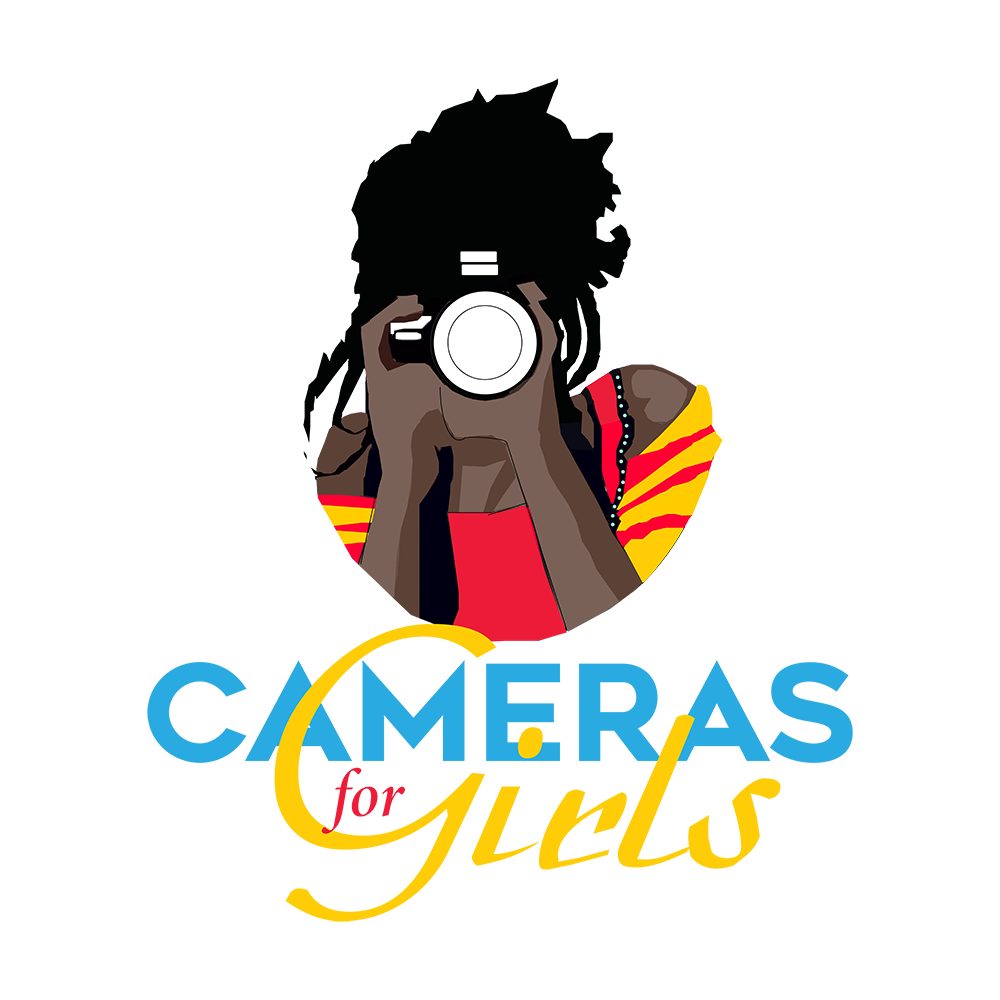Closing the Gender Pay Gap: A Roadblock to Equality in African Media
Across Africa, the media industry reflects many of the same inequities seen in other parts of the world. Gender differences in pay, opportunities, and career advancement in media-related fields are stark, with women facing significant barriers. This disparity is particularly glaring for women pursuing careers in journalism and media across male-dominated media spaces. Despite the growing presence of women in media, the gender pay gap remains a persistent obstacle.
A student from Tanzania explains how difficult it is to get equal pay in media
The Reality of the Gender Pay Gap in Media Spaces
The gender pay gap in Africa's media industry is a reflection of deeply entrenched societal norms that favour men over women in most professional spaces. While more women have graduated from journalism and communications programs over the last few decades, men continue to dominate in top-paying and leadership roles. According to a 2022 report by the International Federation of Journalists (IFJ), women journalists in Africa are typically paid between 20-40% less than their male counterparts, even when holding the same position and level of experience. This systemic imbalance not only widens the income gap but also reinforces a glass ceiling that limits women's career growth.
The issue of unequal pay is compounded by unequal access to opportunities. For women pursuing media careers, especially in countries like Uganda, Tanzania, and Kenya, entering the workforce is only the first hurdle. Securing stable, well-paying positions is a far more significant challenge. Media houses often prefer hiring men, particularly in roles that require extensive travel or working late hours, due to cultural expectations around women's "proper" roles in the family. As a result, women are disproportionately assigned to lower-status, less visible roles, making it harder for them to build their professional profiles or secure promotions.”
The Impact of Gender Bias and Stereotypes
Gender bias plays a significant role in limiting women's opportunities in media. African societies, particularly in rural areas, are often guided by traditional views of gender roles, with the assumption that men are more suited to journalism and other high-pressure media roles. These biases perpetuate the myth that women are less capable of handling the demands of media work, further skewing employment and promotion decisions in favour of men.
In addition, women in media are more likely to experience sexual harassment, which exacerbates the difficulties they face in advancing their careers. Gender bias and hostile working environments create a toxic mix, discouraging many women from staying in the industry long enough to reach leadership positions.
How Cameras For Girls is Addressing These Challenges
At Cameras For Girls, we aim to combat these challenges by “INpowering” young women in Africa with the skills, tools, and confidence they need to succeed in media spaces. Our program equips women with technical knowledge in photography and storytelling, business acumen, and professional development skills. Our four-phase curriculum is designed to bridge the gap between theoretical knowledge and practical skills, giving women the edge they need to compete in a male-dominated industry.
Through partnerships with media organizations and mentoring opportunities, we strive to create pathways for women to access paid work in journalism, photography, and other media-related fields. By placing our graduates in internships, paid roles, and freelance opportunities, we help them overcome the barriers that typically hold them back, empowering them to become role models for other young women.
Breaking Barriers for a More Equal Future
Addressing the gender pay gap and lack of opportunities for women in African media requires systemic change within media organizations and broader society. We must challenge gender biases and create inclusive work environments for women to thrive. It's not enough to get women through the door; they must be given equal opportunities for advancement and the fair pay they deserve.
Programs like Cameras For Girls are a step toward breaking down these barriers, but the journey to gender equality in media is long. As more women gain the tools and confidence to pursue careers in journalism and media, the industry will begin to see a shift, not only in terms of gender representation but also in the quality and diversity of the stories being told.
The Path Forward
The gender pay gap and the lack of opportunities for women in African media are critical issues that require immediate attention. While progress has been made in some areas, women's barriers to securing equal pay and opportunities are still deeply entrenched. Through continued advocacy, skills training, and mentorship, we can help more women overcome these obstacles and contribute to a media landscape that reflects the voices and experiences of all genders. By investing in women, we are investing in the future of African women and their ability to use their voice for good.
Donate today to help us close the gender gap and create lasting change. Every contribution, no matter the size, brings us closer to a future where women can thrive in media, on equal footing.

